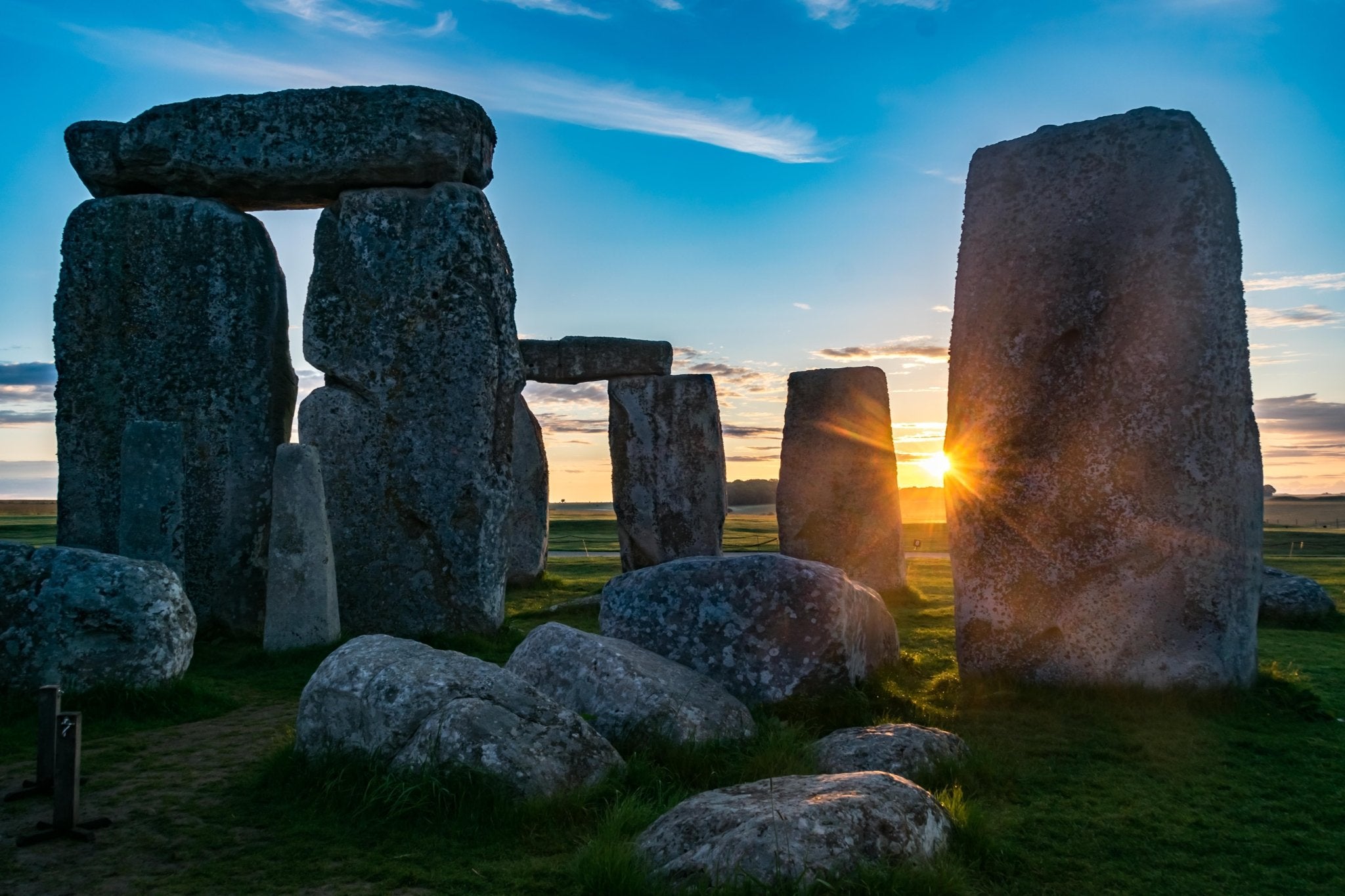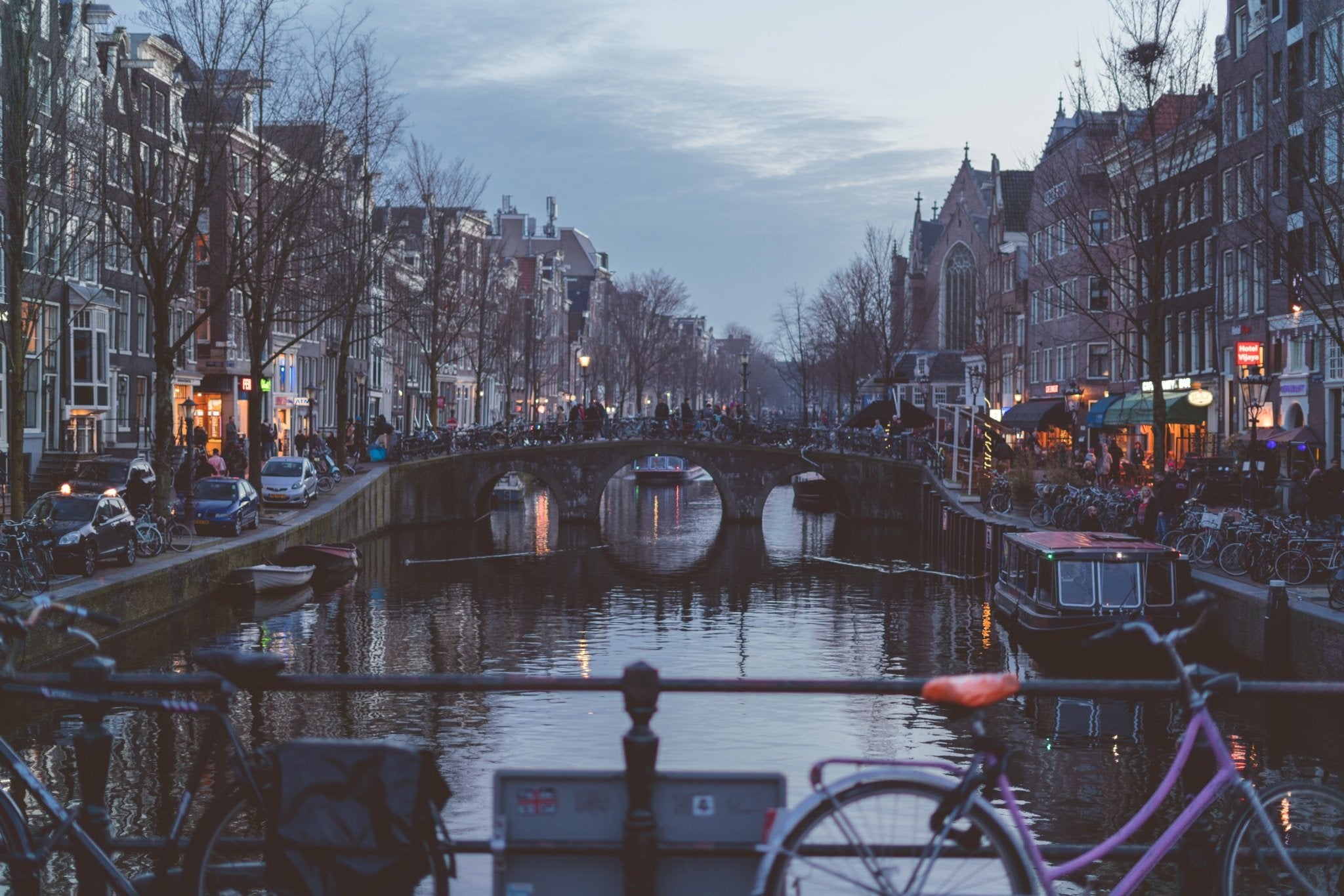Europe is undoubtedly the top cultural and historical destination in the world. It is the place where continent history buffs go to learn the history of the world as it’s chock-full of unique historical treasures distributed all over the continent. From ancient Greek history to the Roman Empire, you will have plenty of places to explore. Each of Europe’s historical sites has a tantalizing historical background that makes them more attractive. Besides the obvious beauty and educational significance, they provide the best opportunity to connect with the history that made the world. Touring these places is like traveling back in time to when it all began. Here’s our roundup of the top historical sites you should visit in Europe.
Stonehenge, Wiltshire, UK

Stonehenge is steeped in history and mystery. No one can explain the reasoning behind the Ancient Druids’ construction of this monumental place over 4,000 years ago. Most believe that it was a sacred prayer ground or a burial mound, but then again, these are just speculations. What’s known is that these massive boulders were mined over 40 km away from where they now sit. Their positioning is precise so that they capture the sun during both the summer and winter solstices, which points to the ancient people’s understanding of the earth’s rotation. You can visit Stonehenge in Wiltshire, UK, and boggle your mind with how those impressive stones got here to start with, the people that built them and the significance of their positioning. However, you should know that you are not allowed to touch them and can only view them from a viewing platform.
Ruins of Pompeii, Naples, Italy

You’ve heard of the ancient City of Pompeii. The ash-and-lava-covered ruins sit in southern Italy just below Naples. Visiting the locale is a trip back to the Roman empire when a town with all its people and their belongings were engulfed and buried under the volcanic ash of Mt. Vesuvius in a massive eruption. And back then (79AD), the residents were ignorant of the fact that it was an active volcano—partly because it had not erupted for close to 1800 years. Rumor suggests that before Vesuvius erupted, there was actually no word to describe an eruption.
While unfortunate, the eruption preserved the town in a time capsule. All graffiti, decorations, and possessions are still intact, and you can see them up close when you visit. Pompeii was discovered by chance, and even today, it is estimated that a third of the city is yet to be excavated. Restorations are still ongoing, and you might be lucky to see something new in Pompeii when you visit.
Les Catacombes, Paris, France

The Catacombes of Paris preserves the remains of 6 million people exhumed when the cities cemeteries were overflowing with bodies. The skeletons are preserved in unused quarries that make up the Catacombes today. For a fee, you can walk through and witness the most magnificent arrangement of skulls and body bones—including those of royalty. If you are jumpy, you will get nightmares for weeks. But if this is not something that scares you, you will be happy to know that the city occasionally hosts concerts in Les Catacombes under one of the City of Love.
Kronborg Castle, Helsingor, Denmark

The Kronborg Castle, Denmark, was built in the early 15th Century and is one of the oldest buildings in Denmark. Built by King Eric VII, the castle has undergone several reconstructions over its history, including one by Frederik II, which transformed it into a Renaissance masterpiece. Today, it is famous for being ‘Elsinore’, which literature lovers will recognize as the set for William Shakespeare’s Hamlet. Given its historical significance, Kronborg Castle was included on the UNESCO’s World Heritage List back in 2000.
Lascaux Caves, France
The famed Lascaux Caves may not be the oldest cave paintings or the most extensive by any stretch. Nevertheless, they are an incredible place to see caves dating back over 17,000 years. The Lascaux Caves were discovered in 1940 by a group of teenagers looking for their dogs. However, they were later closed to the public in 1963 as the many visitors going in and out led to the growth of a mysterious green mold that threatened to destroy the centuries‐old paintings. There are over 1,000 painting in the labyrinth of caves, and were impressively painted in almost pitch-black conditions. Today, visitors can visit a recreation of the caves just 200 meters away while the original caves are sealed off from the public, save for a few scientists. It is preserved as a UNESCO World Heritage Site.
Kokino Observatory, Kokino, Macedonia

If you thought space exploration began recently, think again. The Megalithic Observatory in Kokino is one of the oldest space observatories but was only discovered in 2001. The whole area covers over 5,000 square meters and consists of two platforms for space observation. It is becoming increasingly popular as a tourist site and actually made the tentative list for UNESCO World Heritage Site listing.
Hagia Sophia, Istanbul, Turkey

Hagia Sophia is undoubtedly Turkey’s most significant cultural and historical landmark. It is one of the few places on earth where both Christians and Muslims tour as a site of important religious history, and for good reason too. In 2020, Turkey converted it to a mosque, but change is no stranger to the Hagia Sofia. First built up as an Orthodox Cathedral, it later served as a mosque, then a museum, and now it’s back to being a mosque. It is a treasure of two faiths, and if you are into religious history, this is the place to see antiquities, including Byzantine art and Ottoman Sultan mausoleums. It is a site layered with historical heritage that you should visit while in Europe.
Newgrange, Ireland
There are few Neolithic monuments that still stand today, and the chance to see one is not something to passed up on. One such site is Newgrange, Ireland, a Neolithic Passage tomb with a history dating back over 5,000 years. Its walls hide many secrets and tales, and the fact that they are preserved by a stone structure is staggering. Its history predates that of Stonehenge, UK and even the Pyramids of Giza, Egypt. In its heydays, it served as a site for funeral rites, but even today, people believe it still has astronomical and religious significance.
Grachtengordel, Amsterdam, Netherlands

The Netherlands is a country with a unique charm, and the Grachtengordel in Amsterdam exemplifies this perfectly. Loosely translating to Canal Ring, the Grachtengordel is a series of channels built up to open up Amsterdam, which was enclosed by Singel. Today these olive-colored waterways form the charm of Amsterdam and maintain the city’s seventeenth-century period look. There is no defined walking route around the Grachtengordel, and going around it, you will see some notable movie locations. It is preserved as a UNESCO World Heritage Site and is home to plenty of events throughout the year giving you more reasons to visit Amsterdam.
Anne Frank’s House, Netherlands
While in the Netherlands, you can also venture out to the Jordaan district of Amsterdam to see the House in which Jewish teenager Anne Frank lived with her immediate family and relatives before the holocaust. This site, referred to as ‘The Annex’ in Anne Frank’s book, is the setting for much of her book ‘Diary of A Young Girl’, which her dad published for her posthumously to detail the horrors of the Second World War. Her father, the only survivor in the family, published the work to detail their life in isolation before they were taken to a concentration camp by the Gestapo in 1944. Visiting the house is a solemn reminder of World War II and what so many people experienced during those dark times.
The Acropolis, Athens, Greece

The Acropolis of Athens tops the list for history buffs worldwide. The Acropolis and Athens are tied together in history, just like the Eiffel Tower is to Paris and The Colosseum to Rome. Remaining as a monument of the ruined city of Agora, the Acropolis is the place to see ancient libraries and ancient courtrooms. Over time it has been disassembled and reassembled, but if you want to see what the Acropolis contained, you can visit the British Museum in London or tour the Acropolis Museum in Athens. The Acropolis Museum in Athens curates a gallery of the slopes, Archaic gallery, Caryatid Ladies, etc. and gives us a vivid look into over 2500 years of history and the birthplace of democracy.
The Colosseum & Roman Forum, Rome, Italy

It is nearly impossible to visit Rome and not witness the most incredible amphitheater of them all—the Colosseum. It is the most visited historical attraction in Italy and for good reason. It is not only about the massive proportion or the visions of gladiators battling it out, but its influence on the lives of the Romans within and outside the empire. The distinct architecture of the Colosseum makes it an essential stop on your European holiday. Besides, you can see the hypogeum, an underground basement that stayed buried until archaeologists excavated. (Fun fact: based on religious myths, the Colosseum is considered the seventh gate into hell. That’s because it was believed that the angry souls of the many gladiators who lost their lives wandered at night, seeking retribution). That aside, visiting the Colosseum also allows you to see the Ludus Magnus and the Arch of Constantine, which are close by. Along with those sites, the Roman Forum, a famous location filled with ruins from the empire, is a short walk away. This breathtaking center of Rome contains millennia of history and impressive architecture for all to experience. Plus, you get to walk where famous figures like Constantine and Nero roamed all those years ago.
Conclusion
Europe is widely known for its international cuisine and cultural intrigue. Beneath many of the cities and ubiquitously intertwined in the lives of tens of millions of Europeans is the history that created western society, phenomenal works of art, unbelievably intricate architecture and ponderously-formed monoliths. A visit to Europe is an insight to our past as a planet and a people.
About the Author
Brenda J. is a copywriter and content strategist from the USA with over five years of experience writing blogs on historical and world topics. She graduated from Northwestern University and has helped hundreds of companies create in-depth and well researched content.